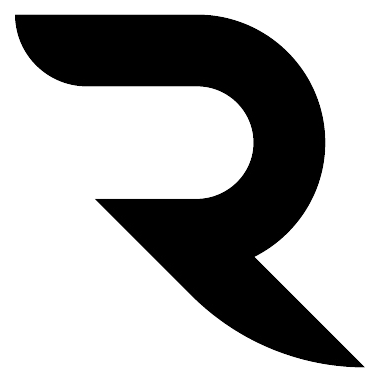What is cardiac muscle with diagram?
Cardiac muscle is striated muscle that is present only in the heart. Cardiac muscle fibers have a single nucleus, are branched, and joined to one another by intercalated discs that contain gap junctions for depolarization between cells and desmosomes to hold the fibers together when the heart contracts.
Is cardiac tissue controlled by the brain?
Abstract. The brain controls the heart directly through the sympathetic and parasympathetic branches of the autonomic nervous system, which consists of multi-synaptic pathways from myocardial cells back to peripheral ganglionic neurons and further to central preganglionic and premotor neurons.
What tissues are in the cardiac muscle?
Cardiac muscle is highly organized and contains many types of cell, including fibroblasts, smooth muscle cells, and cardiomyocytes. Cardiac muscle only exists in the heart. It contains cardiac muscle cells, which perform highly coordinated actions that keep the heart pumping and blood circulating throughout the body.
How do you identify cardiac muscle tissue?
Cardiac muscle tissue is one of the three types of muscle tissue in your body. The other two types are skeletal muscle tissue and smooth muscle tissue. Cardiac muscle tissue is only found in your heart, where it performs coordinated contractions that allow your heart to pump blood through your circulatory system.
Where are cardiac muscles located?
the heart
Cardiac muscle cells are located in the walls of the heart, appear striped (striated), and are under involuntary control. Smooth muscle fibers are located in walls of hollow visceral organs (such as the liver, pancreas, and intestines), except the heart, appear spindle-shaped, and are also under involuntary control.
What is cardiac muscle and its function?
Cardiac muscle is an involuntary striated muscle tissue found only in the heart and is responsible for the ability of the heart to pump blood.
What part of the brain controls the heart?
The brain stem sits beneath your cerebrum in front of your cerebellum. It connects the brain to the spinal cord and controls automatic functions such as breathing, digestion, heart rate and blood pressure.
How does the brain control the heart?
The brain controls the heart directly through the sympathetic and parasympathetic branches of the autonomic nervous system, which consists of multi-synaptic pathways from myocardial cells back to peripheral ganglionic neurons and further to central preganglionic and premotor neurons.
Where is the cardiac muscle tissue located?
What does cardiac tissue look like?
Cardiac muscle tissue, like skeletal muscle tissue, looks striated or striped. The bundles are branched, like a tree, but connected at both ends. Unlike skeletal muscle tissue, the contraction of cardiac muscle tissue is usually not under conscious control, so it is called involuntary.
Where is cardiac muscle located?
What is cardiac muscle function?
12.1. 1.1 Cardiac muscle. Cardiac muscle tissue forms the muscle surrounding the heart. With the function of the muscle being to cause the mechanical motion of pumping blood throughout the rest of the body, unlike skeletal muscles, the movement is involuntary as to sustain life.
What are the three functions of cardiac muscles?
Q 3. Give three features of cardiac muscles.
- Heart, which pumps blood throughout the body, is made up of cardiac muscles.
- (i) Cardiac muscles are involuntary.
- (ii) Cardiac muscle cells are cylindrical, branched and uninucleate.
- (iii) Cardiac muscles show rhythmic contraction and relaxation throughout the life.
How are the brain and heart connected?
One part of the autonomic nervous system is a pair of nerves called the vagus nerves, which run up either side of the neck. These nerves connect the brain with some of our internal organs, including the heart.
Is there a brain in the heart?
The heart has a “little brain.” It’s a network of neurons known as the intrinsic cardiac nervous system (ICNS), and it plays a key role in regulating cardiac activity.
Can a heartbeat without a brain?
The heart can beat on its own The heart does not need a brain, or a body for that matter, to keep beating. The heart has its own electrical system that causes it to beat and pump blood. Because of this, the heart can continue to beat for a short time after brain death, or after being removed from the body.
How is cardiac muscle formed?
Individual cardiac muscle cells are joined at their ends by intercalated discs to form long fibers. Each cell contains myofibrils, specialized protein contractile fibers of actin and myosin that slide past each other. These are organized into sarcomeres, the fundamental contractile units of muscle cells.
What is special about cardiac muscle?
Cardiac muscle differs from skeletal muscle in that it exhibits rhythmic contractions and is not under voluntary control. The rhythmic contraction of cardiac muscle is regulated by the sinoatrial node of the heart, which serves as the heart’s pacemaker.
